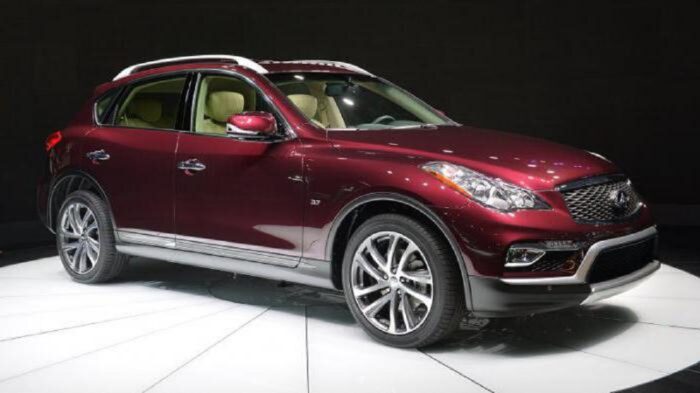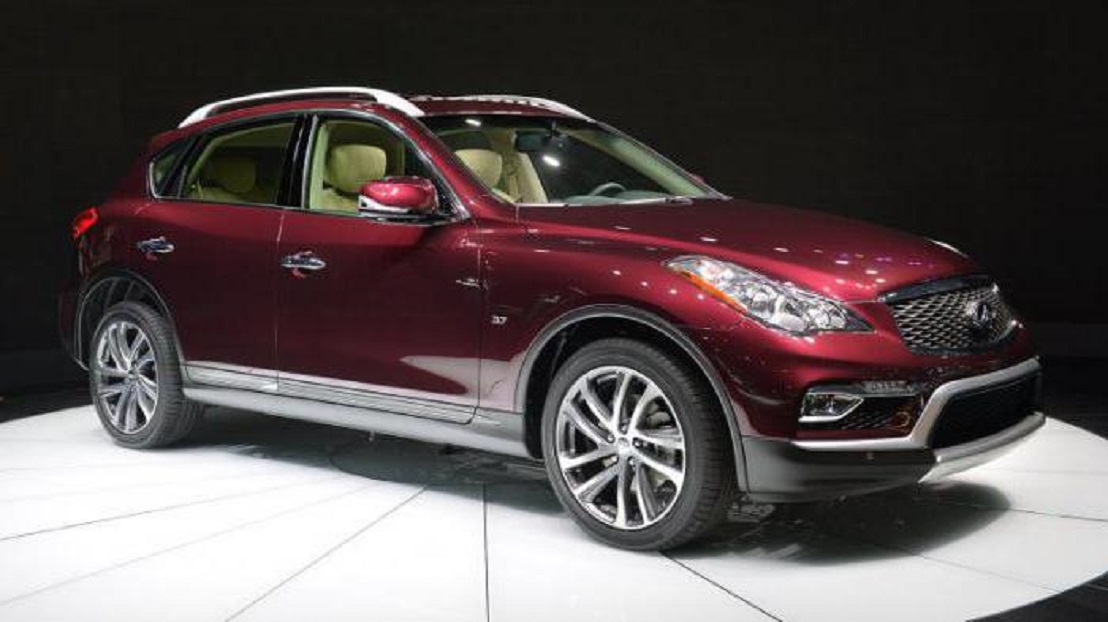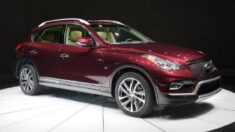AUTO.AE Blog Reviews Tips Fixes and Real Car Stories
The Great UAE Driving Debate: Sand, Supercars, and the Eternal Search for a Perfect Parking Spot
In the grand theater of automotive life, few stages are as dramatic, as opulent, or as sun-baked as the United Arab Emirates. This is a land where the commute can feel like a scene from a blockbuster film, and the local garage is a melting pot of dreams, mechanical nightmares, and sheer, unadulterated passion. But beneath the glossy sheen of a freshly detailed supercar lies a world of spirited debate. Let’s pull into the pit lane and examine the controversies that every UAE driver faces.
Real stories from UAE drivers — https://auto.ae/blog/car/ — reviews, tuning, repairs, breakdowns, tips, gadgets, and news. Everything car lovers live through | Blog AUTO.AE.
The Tuning Tango: Artistic Expression or Automotive Atrocity?
Every enthusiast has an opinion, and in the UAE, those opinions are often expressed in decibels and dazzling vinyl wraps. The act of tuning one’s vehicle is a polarizing art form, a ballet of bolts and software flashes that sparks a constant, good-natured feud.
The Case for the Customizers
For the modifier, a car is not merely a tool; it is a blank canvas. The stock vehicle, as it rolls off the dealer lot, is an unfinished symphony. A subtle lowering spring to eliminate that unsightly wheel gap? Essential. A remap to unleash the ponies sleeping within the engine? A moral imperative. These drivers see themselves as artists, engineers, and individualists. They argue that in a sea of identical white Nissan Patrols and Toyota Camrys, a personalized ride is a declaration of identity. It’s not about being loudest or fastest; it’s about creating something uniquely theirs, a mechanical extension of their personality under the desert sun.
The Purists’ Protest
The opposition, the purists, watch this customization carnival with a mixture of horror and disdain. They see a factory-tuned machine as a product of billions in research and development, a perfectly balanced masterpiece that should not be tampered with by mere mortals. To them, that roaring exhaust isn’t a throaty growl of power; it’s a public nuisance that disturbs the peace. That aggressive body kit? An aerodynamic nightmare that probably hurts fuel efficiency. Their mantra is simple: the engineers who designed the car knew best. They champion originality, resale value, and the quiet confidence of a machine performing exactly as its creators intended.
Who wins this debate? There is no victor, only the glorious, ongoing argument that fuels every car meet and online forum.
The Gadget Gambit: Driving Assistant or Digital Distraction?
The modern car is increasingly a smartphone on wheels. From radar-based cruise control that practically drives itself on Sheikh Zayed Road to heads-up displays projecting speed onto the windshield, technology promises a safer, more convenient journey. But is it making us better drivers, or just lazier ones?
The Tech Evangelists
This camp embraces the future with open arms. They argue that technology is a force for good. Lane-keeping assist is an extra set of vigilant eyes, preventing a potential drift into another lane during a moment of fatigue. Adaptive cruise control reduces the stress of stop-and-go traffic on Al Khail Road. A high-quality dash cam is an unbiased witness in the event of an incident. For these drivers, these gadgets are not crutches; they are co-pilots. They free up mental bandwidth to be more aware of the overall traffic situation, making the roads safer for everyone.
The Analog Advocates
The analog crowd scoffs at this digital dependence. They believe true driving skill is being eroded by an over-reliance on nanny systems. How will you learn proper lane discipline if a computer is always there to correct you? What happens when the sensors get clogged with desert dust and fail? Their philosophy is rooted in the fundamental connection between driver and machine: hands on the wheel, eyes on the road, and full responsibility for the vehicle’s movement. They see all the beeps and warnings as distractions, creating a generation of drivers who are complacent, not competent. For them, the most important safety feature is an engaged, skilled human being behind the wheel.
The question remains: are we coding out human error, or are we coding out the very skill required to handle a vehicle when technology inevitably fails?
The Repair Riddle: The Stealer(ship) vs. The Back-Alley Maestro
When the dreaded check engine light glows like an evil orange eye on the dashboard, every driver faces a critical choice: the authorized dealership or the independent workshop? This is perhaps the most financially consequential debate in the automotive world.
The Allure of the Agency
The dealership, often derisively called the “stealership,” offers the comfort of certainty. They use genuine parts, their technicians are trained by the manufacturer, and the work is guaranteed. For a complex, computer-laden modern car, especially one under warranty, this is the path of least resistance and, arguably, greatest security. The argument is one of quality assurance. You are paying a premium for peace of mind, for the knowledge that your prized possession is in the hands of those who know it best.
The Genius of the Local Garage
Then there is the local mechanic, the back-alley maestro whose workshop is a symphony of organized chaos. His supporters, who are often fiercely loyal, will tell you that what he lacks in corporate polish, he more than makes up for in ingenuity, speed, and cost-effectiveness. This is where real-world problem-solving happens. He knows the common failures of your specific model, he can often source quality alternative parts for a fraction of the cost, and he builds a relationship with you and your car. His advocates argue that dealerships follow rigid, time-consuming procedures, while the independent mechanic applies experience and creative thinking to get you back on the road faster and for less money.
The choice boils down to a question of trust: do you trust the certified, corporate system, or the hands-on, entrepreneurial expert?
In the end, the vibrant car culture of the UAE is defined by these very debates. They are the fuel that drives our conversations, our modifications, and our decisions. They are proof that for UAE drivers, a car is never just a car. It is a project, a statement, a companion, and a constant source of joyful, polemical conversation. So, the next time you see a modified Nissan Patrol or debate the merits of a dash cam, remember—you are participating in a great local tradition. Now, if only we could all agree on how to correctly use a roundabout.























